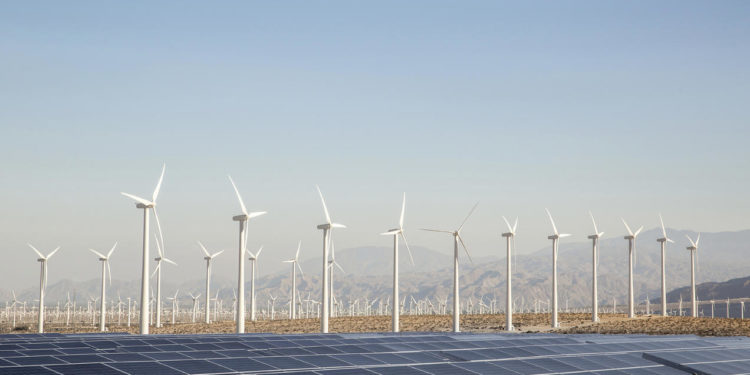Kenya’s energy sector is getting increasing attention from policymakers and the private sector. As demand for energy rises, current energy systems must grow rapidly to meet it. This must be done in reliable, resilient and affordable ways while ensuring access for all.
The future of energy systems has been a hotly debated topic all over the world ever since the link between fossil fuel combustion and the negative impacts of climate change became widely known. Energy transitions – pathways to shift from fossil fuels to cleaner forms of energy – have long been debated. One visible outcome, among many others, is the increased use of electric vehicles.
Most of the international and media attention for Africa’s energy systems has focused on simply pointing out the size of the challenge – captured in statistics such as “570 million people in Africa live without electricity”.
This solemn narrative has changed in recent times. With renewed investor interest in gas contracts and exploitation of solar, wind and hydrogen, the hot topic of energy transition appears to have touched down in Africa.
Read:EU Pledges Kshs 2.7 Billion For Green Energy In Kenya
In many cases, it looks rather like a business opportunity rather than fundamentally a development goal or climate change commitment – but a positive change in narrative nonetheless.
International organizations have been working hard to provide a clear picture of potential energy pathways for African countries in recent years. It has been shown that the opportunity for growing African countries’ energy systems in sustainable ways is promising.
The continent as a whole is enormously well-endowed with clean energy resources: solar, wind, hydropower, geothermal, and others. These are unevenly distributed across countries, but each and every country has promising resources.
Email your news TIPS to editor@thesharpdaily.com

















